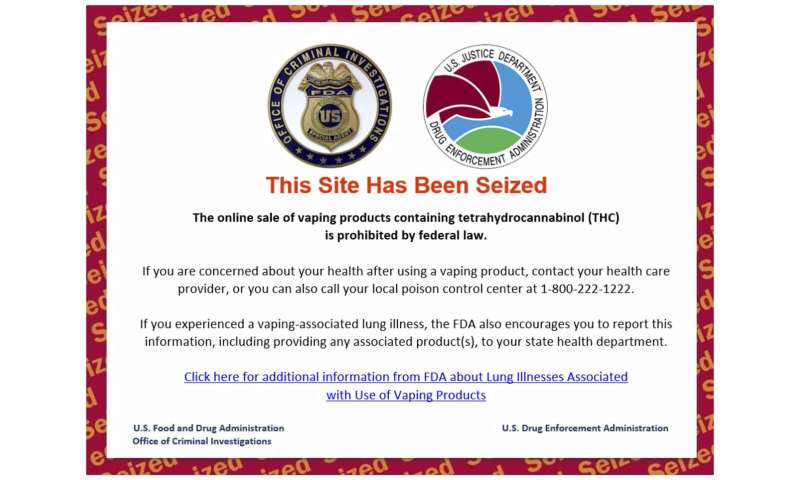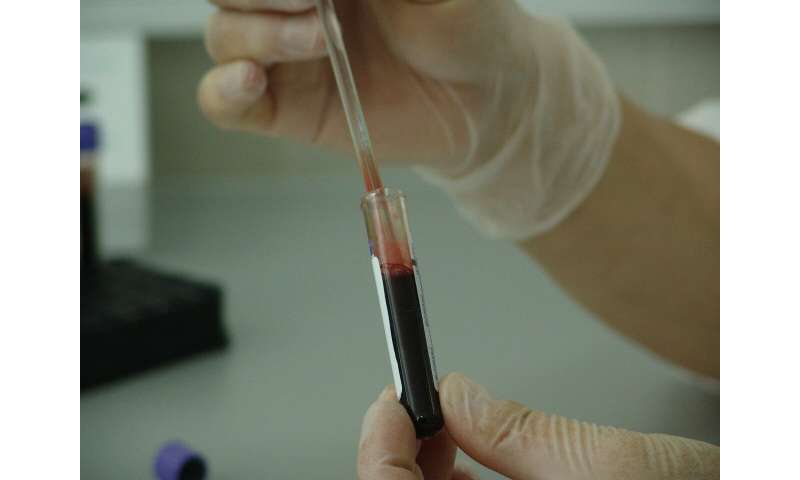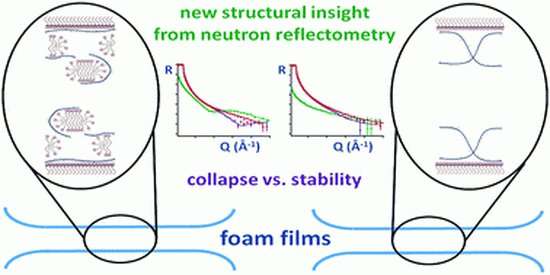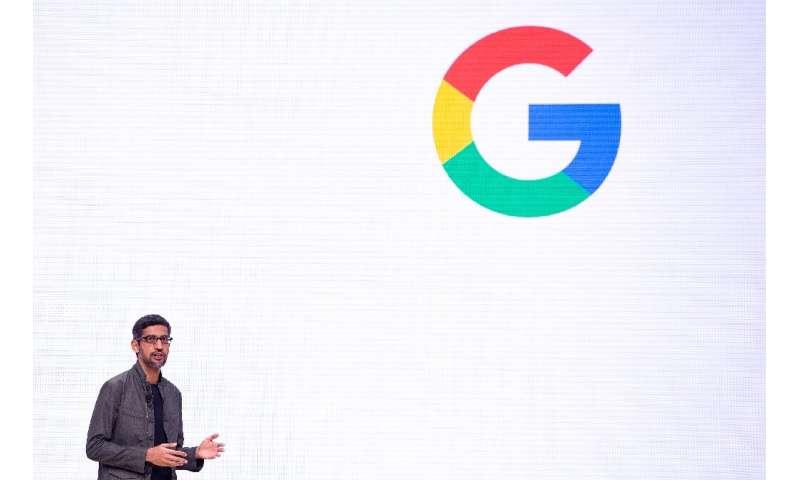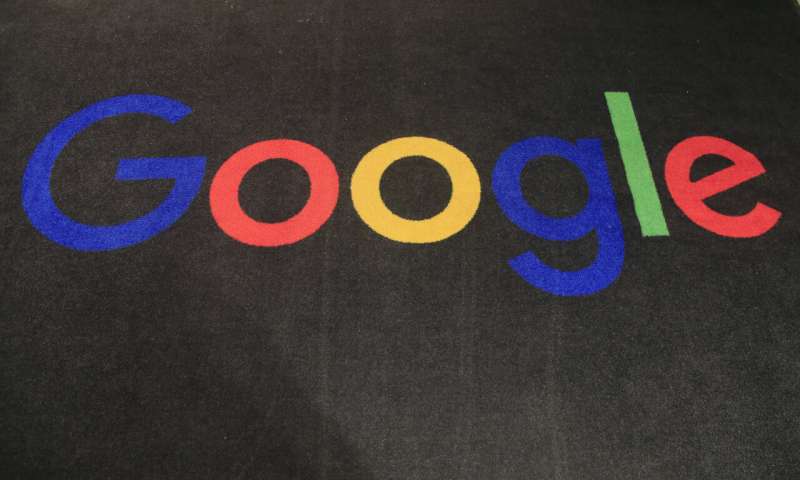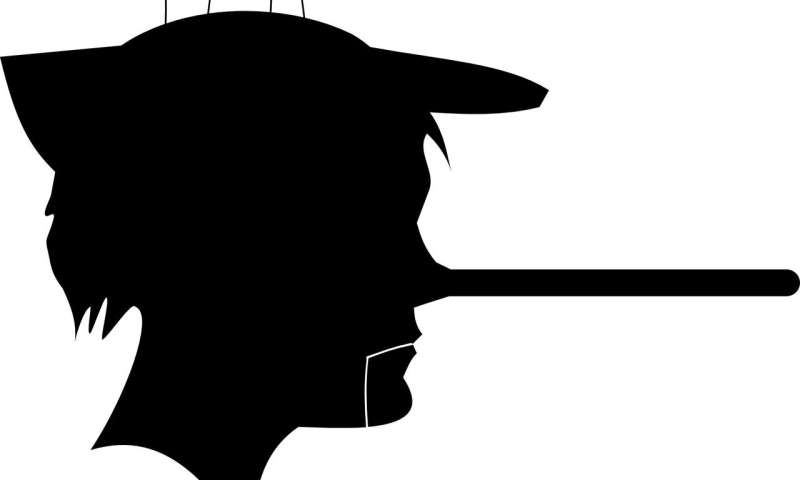New studies show vaping illnesses tapering off

(HealthDay)—Even as the number of Americans hospitalized with a lung injury tied to vaping passed the 2,500 mark this week, new research confirms case counts are finally declining and vitamin E acetate remains the most likely culprit in the outbreak.
"The outbreak is getting better," Dr. Anne Schuchat, principal deputy director of the U.S. Centers for Disease Control and Prevention, said during a Friday media briefing. "While we continue to receive reports of newly diagnosed patients … the level of new cases is greatly reduced."
"The outbreak is getting better," Dr. Anne Schuchat, principal deputy director of the U.S. Centers for Disease Control and Prevention, said during a Friday media briefing. "While we continue to receive reports of newly diagnosed patients … the level of new cases is greatly reduced."
The latest statistics come in four reports from CDC researchers, published Friday in the CDC's Morbidity and Mortality Weekly Report and the New England Journal of Medicine (NEJM).
In one of the NEJM reports, vitamin E acetate was present in the lungs of 48 of 51 patients who were hospitalized with the vaping illness in 16 states.
"We are confident that vitamin E acetate is strongly linked to the [vaping illnesses] outbreak," Schuchat said. "Given all of these findings, including today's study, we can conclude that what I call the explosive outbreak of cases of [vaping illness] can be attributed to exposure to THC-containing vaping products that also contain vitamin E acetate."
But she added a caveat.
"I want to stress this does not mean there are not other substances in e-cigarette or vaping products that are capable of causing lung injury," she said.
Meanwhile, a total of 2,506 lung injury cases have been reported in all 50 states as of Dec. 19, the CDC said in a statement issued Thursday. Fifty-four of the patients have died.
In most cases, patients had previously used a vape product that included THC, the chemical in marijuana that provides a high.
For that reason, the "CDC and FDA recommend that people should not use THC-containing e-cigarette, or vaping, products, particularly from informal sources like friends, family, or in-person or online sellers," the CDC said.
No one brand has been singled out as the main culprit—in fact, "overall, 152 different THC-containing product brands were reported" as being used by patients prior to their illness, the agency noted.
Still, certain brands seem especially tied to the outbreak.
"Dank Vapes, a class of largely counterfeit THC-containing products of unknown origin, was the most commonly reported product brand used by patients nationwide," the CDC said, although this brand was most implicated in cases arising in the Northeast and South.
"TKO and Smart Cart brands were more commonly reported by patients in the West, and Rove was more common in the Midwest," the CDC said.
The illnesses that are affecting vapers can be sudden and severe. Symptoms include cough, shortness of breath and chest pains. Some patients have had so much trouble breathing that they wind up on oxygen, and in extreme cases are placed on a mechanical ventilator.
Evidence continues to build that vitamin E acetate, present in many "black market" vape products, especially those containing marijuana-derived THC, could be to blame.
Testing done on other common vape ingredients—things such as plant oils, petroleum distillates like mineral oil, MCT oil, and terpenes—have shown no role in the illness outbreak.
New forms of vaping-related illness are also emerging. On Nov. 25, doctors reported the first known case of a serious case of what's known as "popcorn" lung, observed in a Canadian teen. The illness involves inflammation and obstruction of the small airways in the lungs.
And a report emerged recently describing the case of a 49-year-old California woman who vaped marijuana and then came down with hard-metal pneumoconiosis or "cobalt lung." That's a form of pneumonia that's normally associated with exposure to hard metals in industrial settings.
SEE https://plawiuk.blogspot.com/search?q=VAPING
The number of vaping-related lung illness deaths reported by federal health authorities rose again this week to 56, up four from last week's total. The deaths occurred in 27 states.
SEE https://plawiuk.blogspot.com/search?q=VAPING

